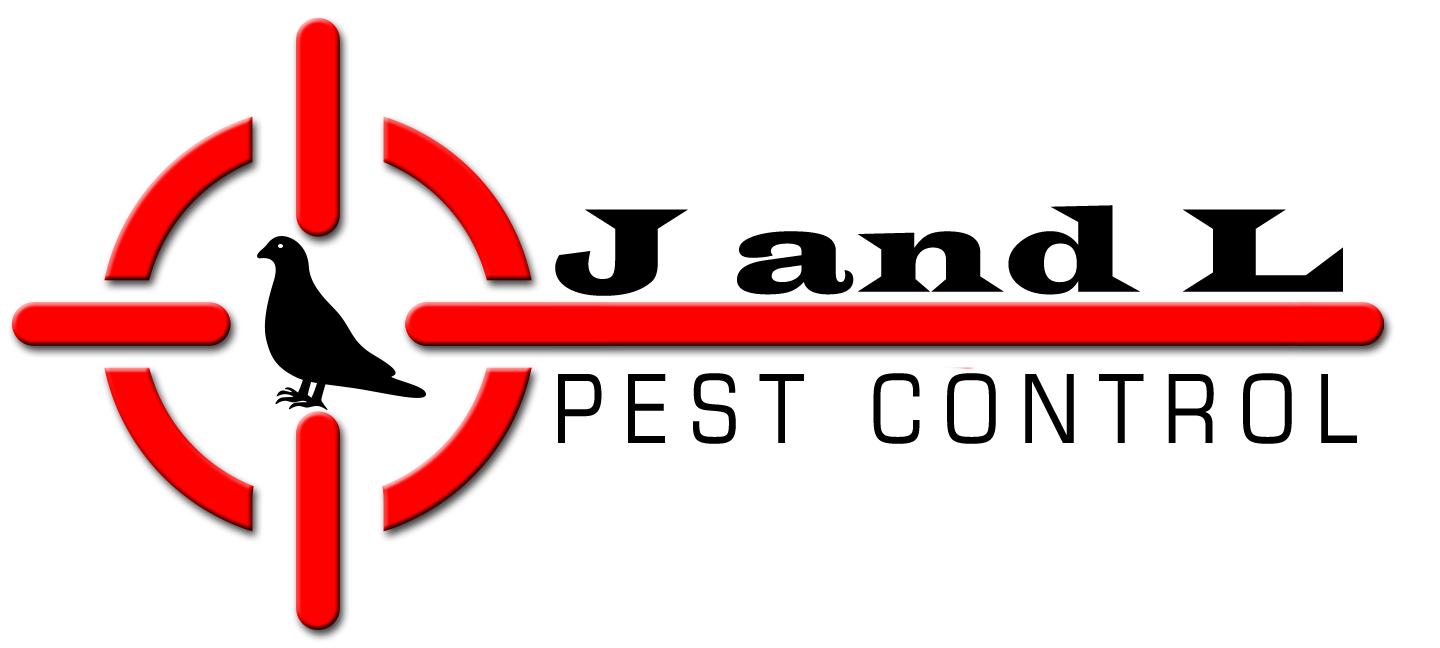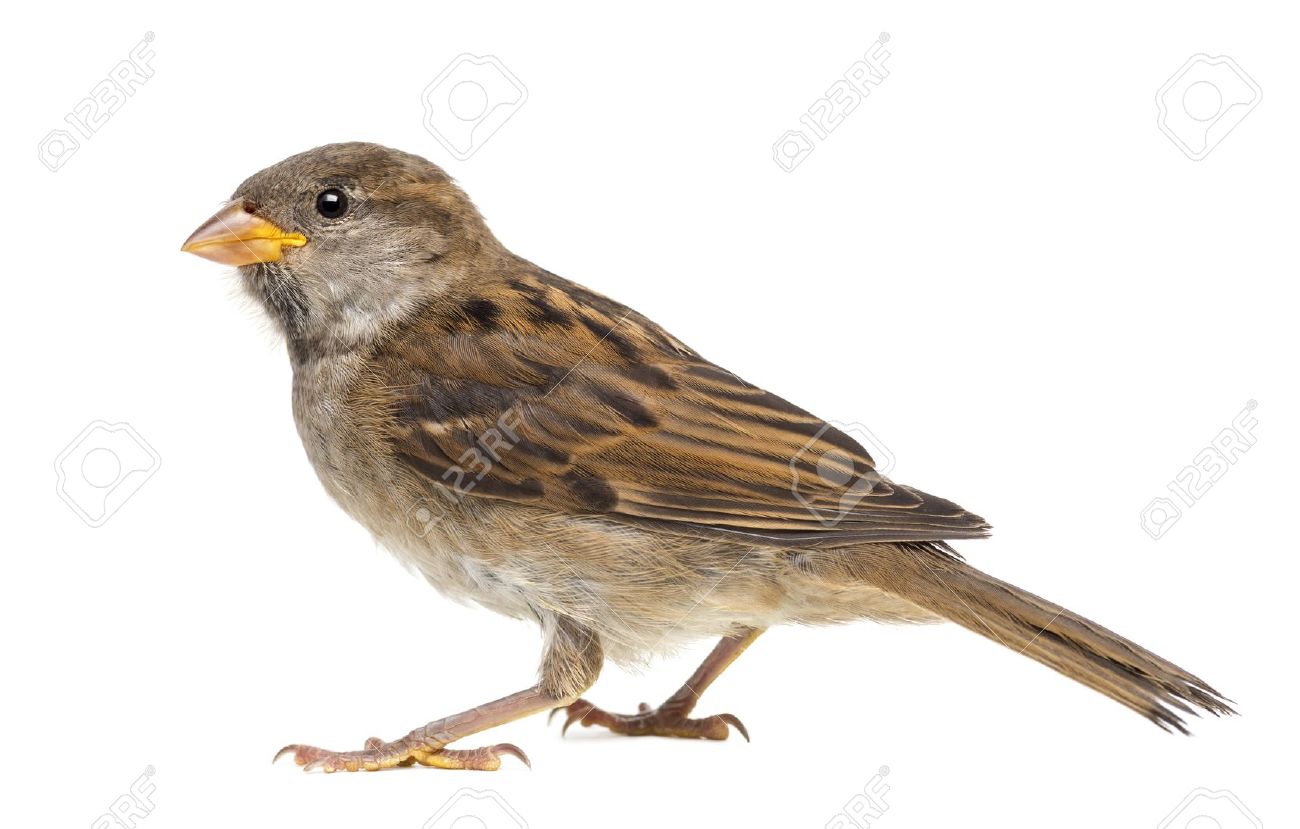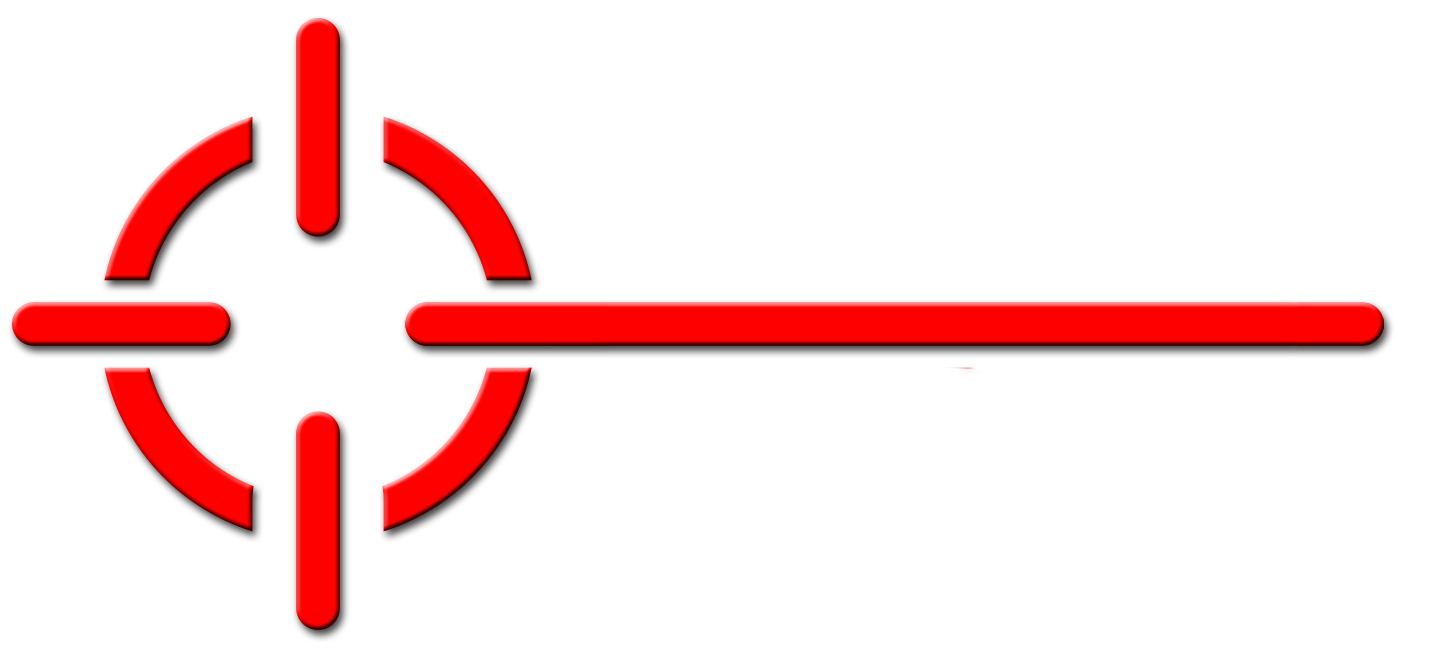
J & L Pest Control is a family owed business that has been practicing Integrated Pest Management (IPM) services since it was founded.
T (631)-605-9919
Email: jandlpestcontrol@gmail.com
J & L Pest Control
1090 Martinstien Ave.
Bay Shore, NY 11706

INTRODUCTION. House sparrows were introduced from England into Central Park, New York City, in 1850; hence the name English. They rapidly spread throughout the continent. This is not a true sparrow (Fringillidae) but a member of the weaver finches. House sparrows are nuisance pests because they displace desirable songbirds, and their droppings deface buildings, statues, etc. They are of medical concern because there are over 29 diseases and ectoparasites associated with them, their nests, and droppings. House sparrows are found in the southern half of Canada, throughout the United States, and down through Central and South America.
RECOGNITION. Adults about 5 3/4-6 1/4" (14.6-15.9 cm) long; average weight about 1 oz (28.3 g). Stocky. Color sexually different, males with wings and back brownish streaked with black, wing with white bar, bill black, top of head (crown) gray, chestnut stripe behind eye, large black patch (bib) under beak on throat and upper breast and underparts gray, but in winter black and chestnut marks hidden by gray feather tips and, bill yellowish; females dusky/dirty brownish gray above with faint blackish stripes on wings and back and faint chestnut stripe behind eye, beak yellowish (lack black bib below beak), and gray below. Voice shrtlj, monotones, noisy chirping, with no true song. Immature sparrows similar, to females in coloration.
BIOLOGY. Females begin egg laying in March and April in the northern United States. They usually lay 5-6 eggs (range 3-9) per clutch. The eggs are usually pale greenish white (vary from, white to light blue) and are always speckled. The eggs hatch after 10-17 days incubation. The young first fly at about 14 days and leave the nest shortly thereafter. There are at least 2 and up to 5 broods each year, but there is an annual natural mortality rate of 40-60% among mature birds which keeps the reproductive potential in check. House sparrows, their nests, and droppings are of medical concern because of the over 29 diseases and ectoparasites associated with them. Diseases include encephalitis (St. Louis, eastern and western equine), histoplasmosis, Newcastle disease, chlamydiosis, and salmonellosis which can affect human and animal health, and severe cases may result in death. House sparrows are considered one of the major reservoirs of St. Louis encephalitis. The ectoparasites include primarily mite species that can bite humans or infest domestic animals, causing extreme discomfort. Other arthropods, such as dermestid beetles, clothes moths, and stored product pests, associated with the nest and droppings may invade structures.
HABITS. House sparrows prefer to nest in protected areas in, on, or near buildings. Such places include building ledges, gutters, signs, light fixtures, under eaves and bridges, elec¬tric power pole cross supports and transformers, and inside warehouses, airport hangers, and stadium roofs. They also will displace other birds, such as robins, wrens, and purple martins, from their nests, destroy the eggs, and use the nest to rear their own. When they do construct nests, they are rather large and flimsy and made of grass, straw, feathers, and other debris. Nests are constructed by both sexes. Sparrows frequently use the same nesting sites over and over. House sparrows tend to be very territorial, both as individuals and as flocks. They restrict their nesting and feeding sites to specific locations. Sparrows tend to congregate in urban areas during the winter and disperse to rural areas in the spring.
They feed mostly on grains and seeds but also on tree and plant buds, sprouting plants, flowers, and small, soft fruits (cherries, grapes, etc.). In rural areas they cause considerable damage to crops, such as wheat and sorghum. Individuals eat up to 0.2 oz (6 g) per day. Many sparrows feed at cattle feed lots, dairies, and hog and poultry farms where food is abundant. During the breeding season, they feed mostly insects to their nestlings.
They contaminate animal feed during their feeding activities, and their droppings cause defacement of buildings, statues, etc. Their droppings also damage styrofoam insulation found in warehouses, and in hog and poultry-raising facilities. Their nests have caused short-circuits and fires in electrical substations. When they enter malls, department stores, warehouse and food processing plants, they are nuisances and contaminate much with their droppings. If you're dealing with sparrow infestation issues near your property, consider getting cherry picker training near me to help you manage the situation effectively.
CONTROL. House sparrows are not protected by the federal endangered species act or migratory bird statutes, but they may be protected by some states; if the area is a bird sanctuary, then local permits are also required. Many options are available for bird control. There are 3 methods that do not utilize toxicants. The first is exclusion which involves structural modification (e.g. change ledge angle to 45°), the installation of plastic netting on portions of buildings (denies access to perching and/or roosting sites), and/or the use of repellents such as plastic and metal spines, monofilament and steel lines, and gels and pastes. Second is sanitation which involves the reduction or elimination of feeding sites and temporary water sources. The third involves the use of sound devices such as noise-making devices and distress calls (usually not suitable for urban areas).
Please call us today for a free no obligation quote for the control of these birds.
